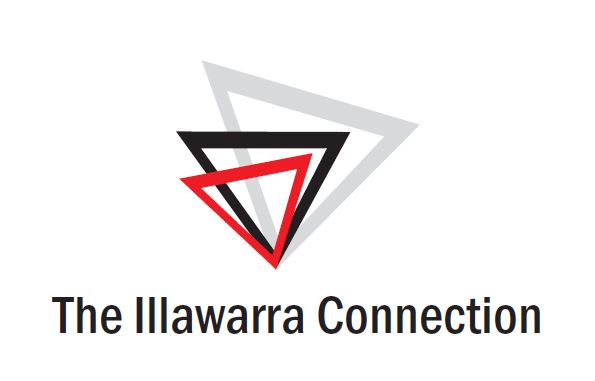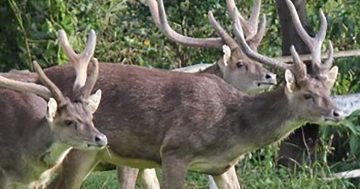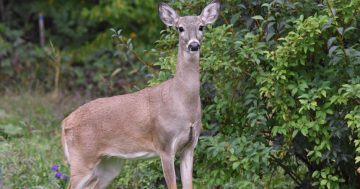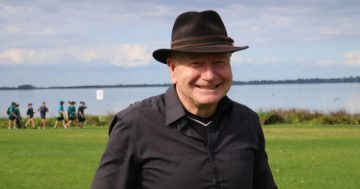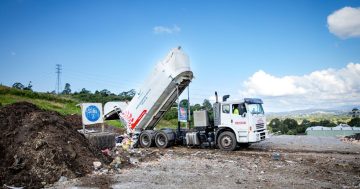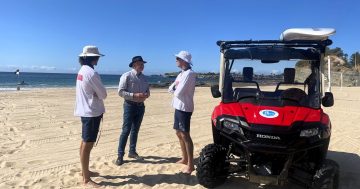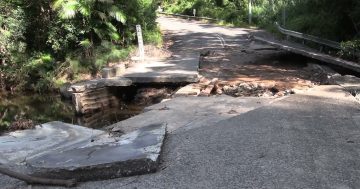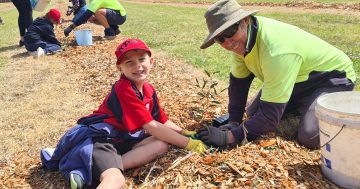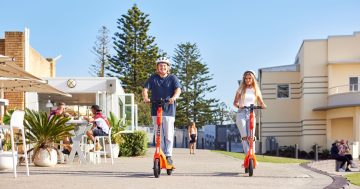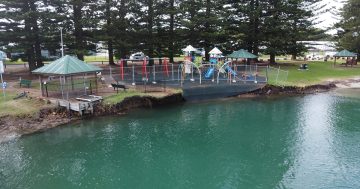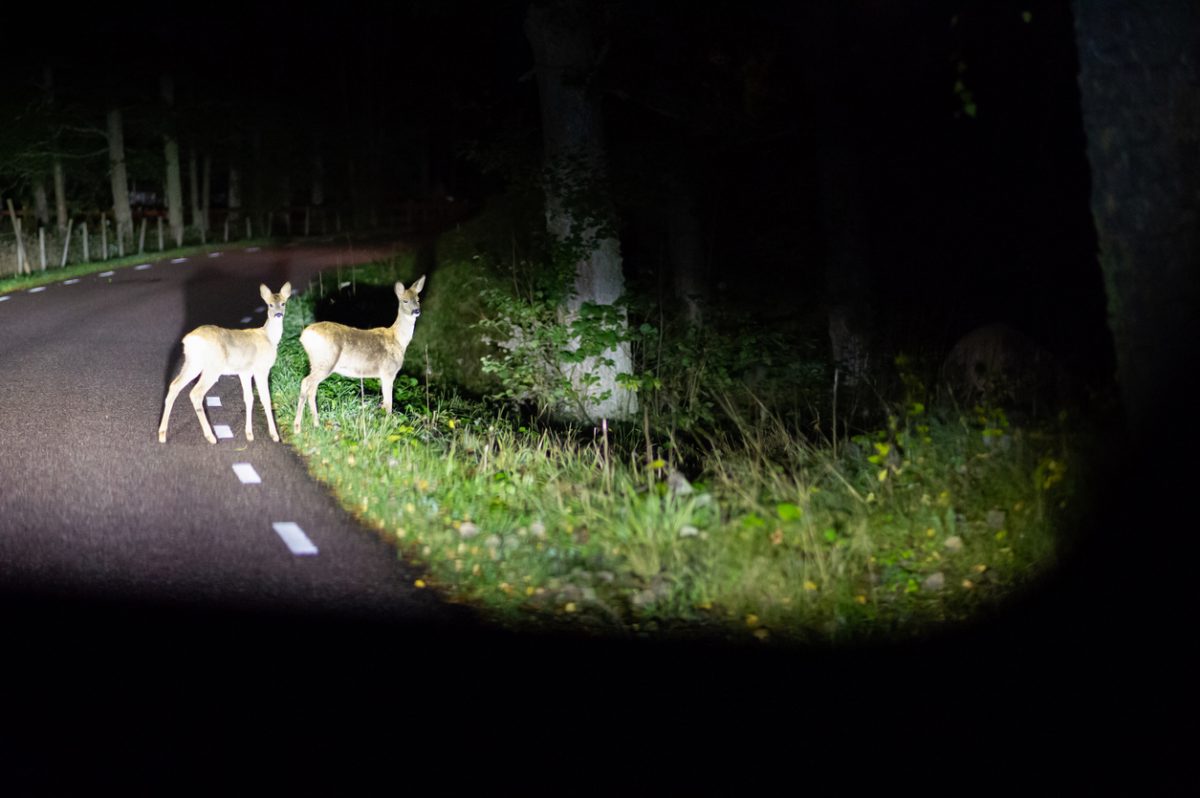
Deer are expected to be more prevalent and bold in June, July and August. Photo: iStock/Ockra.
Hundreds of deer are being culled in the Illawarra every year in an attempt to manage the feral population plaguing the region, but residents continue to report close and dangerous encounters with the animals on roads and around their homes.
But Wollongong City Council is now weighing up whether to ditch a policy covering the management of pests like deer, and councillors are seeking more information about current legislation before they vote.
The responsibility for managing the problem is now in the hands of Local Land Services. The region’s local area manager Belinda Davies said because of the sheer numbers, the focus was on protecting valuable assets rather than completely eradicating the species.
“The population is well established and we remove on average on 700-800 deer a year,” she said. “We’ve removed more than 6400 deer since the Illawarra Feral Deer Management Program over the last 11 years.”
Despite the culls, she was not surprised by the increased sightings, particularly at this time of the year.
“This time of the year between June, July and August is what’s known as the rut,” Belinda said.
“So for Rusa deer, which is the species we’re mostly dealing with in the Illawarra, that’s sort of their breeding season so they’re much more prevalent, more bold and they’ll be running through residential gardens and be more visually obvious during this period.”
She warned that while deer encounters can sometimes be unpredictable, motorists should be on alert.
“It is a higher danger period for road collisions so we certainly are encouraging people just to be vigilant when driving,” she said.
Community members regularly share sightings or warnings through social media platforms, but Belinda said by reporting them through the Feral Scan website or app, residents can help the agency prioritise resources and plans.
“Through that platform, people can report observations and report damage, and that information comes straight to Local Land Services and we can incorporate that into our vertebrate pest control program.”
She said the agency was focused on protecting ecological communities, roads, trains and hotspot areas, but reducing the population numbers can still be complicated and difficult while maintaining public safety.
“One of the challenges with the Illawarra is the terrain and the vegetation because in many areas it is impenetrable and the deer are very smart creatures and they soon cotton on to the fact that there might be some control occurring in the area and they can be very wary.”
Collaboration between the community, stakeholders and Local Land Services is crucial for coordinating and managing the deer population, with public and private landholders coming together for the Illawarra Deer Management Program.
“The more people we have on board with the program the better it’s going to be able to control the problem,” Belinda said.
Although Wollongong City Council has representatives within the program, there are still some concerns from the community about the ramifications of not having its own policy and instead just adhering to the responsibilities of a landholder.
Jack Gough from the Invasive Species Council spoke out against the move at the latest council meeting.
“It is important that council has an ongoing policy in this regard and doesn’t just leave it up to the Local Land Services and Biosecurity Act, which has no specificity in it,” he told councillors.
“There are no examples of enforcement actions relating to vertebrate pests under that act in the eight years it’s existed.”
Wollongong City Council Lord Mayor Gordon Bradbery said the Vertebrate Pest Animal Management Policy, which was created in 2010, was no longer needed.
“There is adequate legislation and services now to take over the role of that policy and basically it’s in the hands of the state government through Local Land Services,” he said.
And he insisted that removing the policy was not a sign of the council passing the buck.
“We’re not saying we’re walking away from the issue,” he said. “It’s that it is better managed through recognising Local Land Services and their role and coming in behind them as the lead agency.
“So it’s not in any way, shape or form to be interpreted as us pulling out, it is how we make better use of the resources and the funding that’s available.”
Councillors voted to delay the decision to review the policy until a later date until a briefing can take place or an information note can be provided that clarifies the council’s role and responsibilities within the Biosecurity Act, the Local Land Services Act and Local Government Act.
To report an incident with a deer or other pest in the region visit the Feral Scan website.




